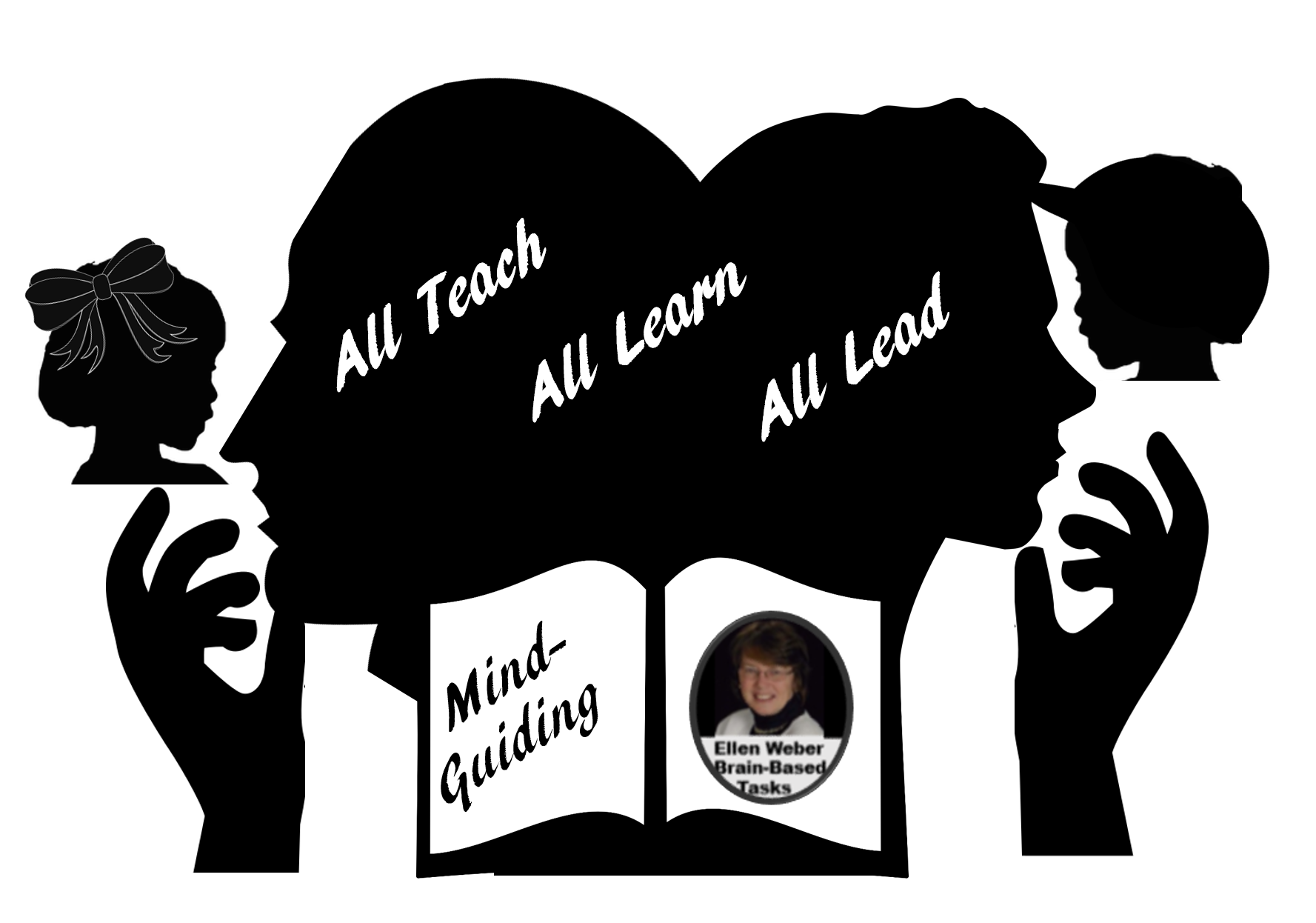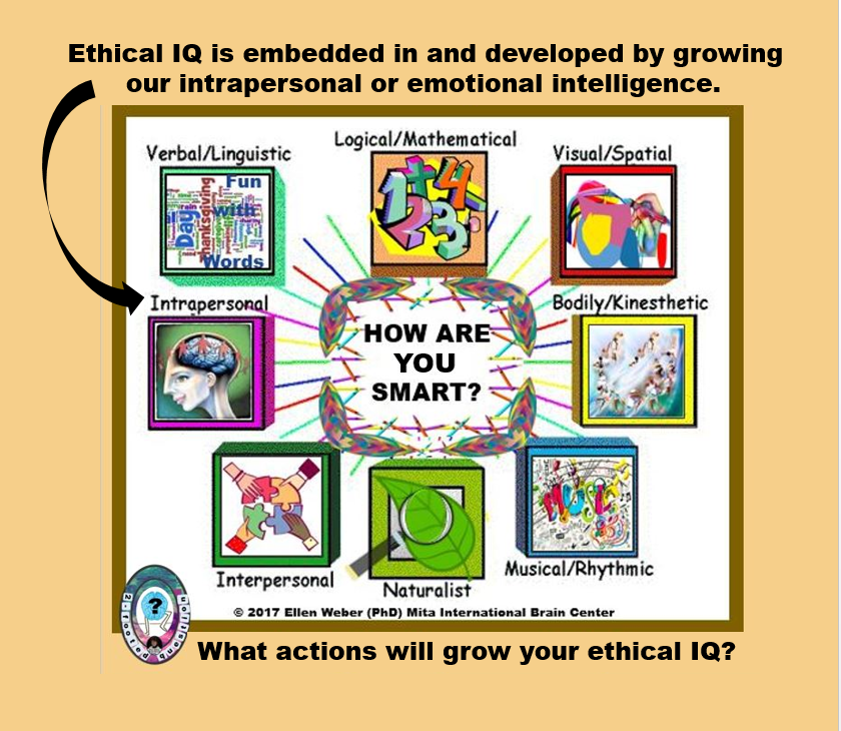Do races come together for you in ways that value all? Does the age gap narrow? Do people play their way together to deeper understanding of new era skills? In traditional teams that respond to the question, How smart are you? the answer is likely NO.
Excited that Wiley Press is about to release mutual mentoring, or mind-guiding, to help teams reach beyond traditional test scores for team success stories. No longer will diversity tend to sink to the bottom in team significance. How so? Below is one template used between newcomers and Rotarian sponsors.
Evaluation scores provide a valid response to the question, How smart are you? The problem that arises comes from the fact that this flawed question fails to relate to the human brain’s full propensity.
Ask instead, How are you smart? and the brain leaps into action with its unique capabilities (such as a varied mix of multiple intelligences) to get to similar high standards, but along a very different trajectory.
Mentoring that Bridges Gaps and Values Differences!
Mentoring may be used to draw people together, and yet it can also drive apart diversity and even gridlock innovation. How so? Let’s say a typical mentor grooms an upstart without much recognition of the person’s unique capabilities. Popularity gets rewarded, politics plays out, and practices tether upstarts to traditional tendencies.
Looking for innovation at the peaks? If you’re ready to build, lead, and celebrate vibrant communities that benefit all, you’re likely ready for a very different form of mentoring! New brain-based mutual mentoring or what we call mind-guiding reboots minds so that all teach – all learn – and all lead! See a revolution for your mentor program here?
First, let’s take another look at traditional mentor methods. Room for change? Not so much. Use of young talents? Nope. Fresh perspectives? Rarely. Stuck in ruts? You bet.
Now Imagine Mentor Programs as Engines into New Life
When I introduced a flexible form of mentorship to leaders I work with – and explained how it activates minds on both sides, people said it wouldn’t work. That’s until I re-organized my grad classes, co-led stuff with my pre-school grandchildren, and reshuffled international projects I led – so that all taught, all learned and all lead. The result? This revolutionary mentoring method, called Mind-guiding will soon be introduced internationally in a cutting edge Wiley Press International Handbook! You’d have to have the brain of a coconut husk not to see the energy, enthusiasm and excellence that results. Here’s the skinny.
Have you ever tossed innovative ideas back and forth – much like an enjoyable game of catch – moves the ball from one player to the next?
Here at the Mita International Brain Center – brain based mentoring, or mind-guiding, has mentees teaching at times, mentors learning at times, and all leading at times. No wonder it works internationally! This unique form of mutual mentoring ignites seasoned experts’ minds and at the same time inspires novice explorers. Yes, regardless of age, experiences, or topics. See the guidebook below, and you will likely agree that improvements come faster when differences get valued and used when all speak up and feel heard.
Contrast mind-guiding to traditional learning, teaching and leading to see all participants enjoy newly discovered mojo! Watched all sides regain interest when all deliver. Unlike those bored faces, frustrated silences or angry protests in circles where a few dominate in ways that ignore opportunities to explore, discover, discuss and co-lead diverse hues of learning. It doesn’t have to be that way, and no – boring and bigger isn’t better!
Learners and leaders come alive whenever they engage in interesting new ideas together in ways that transform and benefit all. You could say it’s a strength based process that builds on strengths of mentors at one time and on the strengths of mentees at another.
Exploring the Unlikely to Find the Brilliant!
Does your Chain-of-command Limit Discoveries?
Mentoring failed me early as my dad lacked skills to engage us, 2 brothers committed suicide and I ended up on Barrington Street, in downtown Halifax Nova Scotia at 14.
Alone, penniless, no place to sleep – my journey away from typical chains-of-command began with stark realities. It also enabled me to learn by teaching others at the same time.
If you’ve benefited from people smarter than you, you’ve likely bypassed expert-heavy-mentoring – and have mind-guided at its explorer best.
From an early age I taught others in order to learn myself – and that explorer practice shaped a life’s work in a unique kind of mutual mentoring.
I call it mind-guiding. Back then it seemed more about survival. Today research shows that we retain 90% by teaching others at the same time we are learning a thing.
Innovators find inspiration in teaching new ideas to experts, and experts collaborate to return frequently to the energized role of explorer. At Bittner school of Business, MBA students end leadership classes with a Mind-guided Celebration of Innovation, where they engage the wider community in newly designed recommendations for their field.
In diverse community exchanges, folks shift from expert to collaborate as explorers. People of all ages, genders, backgrounds, positions or experiences can discover brilliance together.
If you are not running along possibility edges – you are probably stuck in problem ditches.
See potential to replace broken practices or spark rejuvenation where you work? I’m talking about a mental shift!
Brains Equip you for Mind-guiding
See how brains equip mind-guiding by engaging both right and left hemisphere to solve real problems.
Mind-guides use more working memory, a unique area of the brain where we cultivate new possibilities. Working positions new information up front, so both sides of the brain can use it to build refreshing outcomes.
This reciprocal approach relies less on the basal ganglia – or mental storehouse of routines.
No wonder mind-guides keeps intelligence fluid. No wonder they raise personal and collective IQ across a wider range of capabilities.
Not a bad return for a fresh new practice.
Crave Innovation?
How could you ignite innovation and energize your community to raise collective intelligence individually and institutionally? Novelty’s easier than you may think, if you tackle discovery with a What if… attitude.
I mind-guided with Andy Anderson in Canada when he hoped to publish research for a promotion, and I wanted more physical activity. While I’m not LPGA material, I’ve won golf tournaments since, and Andy learned how neuro-discoveries positively affect movement. Together we published a research article in JOPERD.
Capitalize on Differences
How could mind-guiding help you shift from expert back to being an explorer?
Top Ten Mind-guiding Principles – from Neuro Discoveries
1. Skilled facilitators actively lead across diversity from behind. Did you know that to teach others at the same time you learn, is to retain 90% more?
2. Contributions are sought across differences in rank and skill levels. Are you aware the brain uses diversity to move us past gridlock and compromise?
3. For each problem raised there is a doable solution proposed. The brain is equipped to design solutions as an innovative response to stubborn problems.
4. Veterans and novices mutually mentor one another for shared benefits. Have you ever noticed the brain’s ability to stoke insights in reciprocal or mind-guided exchanges?
5. Intrapersonal evaluations increase reflection and may topple certain traditions. Have you seen people replace popular practices hold back collective IQ for innovation in any organization?
6. Laughter is more at self and mind-guided humor benefits all concerned. Have you seen folks focus more than most mentorships – on spreading serotonin the brain’s chemical of wellbeing to stoke new ideas across differences.
7. Innovations are scaled and regularly rewarded as a way to sustain innovative settings. Have you considered the marks of a brain-powered setting in your organization?
8. Participants all help to shape an ethical mind-guiding process. Did you know that a brain on ethics re-configures itself for a new kind of growth?
9. Progress is tracked individually and institutionally, in ways that make change easier. Are you aware of how the brain enhances wonders of useful change?
10. Final decisions are made with all mind-guides’ participation. Did you know that the brain uses novelty new era outcomes, when people share in decision-making. In contrast trust is lost if one leader makes unilateral decisions that ignore mind-guides’ perspectives.
When learning depends on traditional test scores for its success stories, diversity will sink to the bottom of its significance. How so?
Traditional test scores will provide a valid response to the question, How smart are you? The problem that arises comes from the fact that the question itself fails to relate to the human brain’s learning propensity.
Ask instead, How are you smart? and watch your brain leap into action with its unique capabilities to get to the same peaks, but along very different trajectories that accommodate your strengths. Have you seen it happen?
See mentor and mentee opportunities to mind-guide with the brain in mind at my TPT site. There find ready-to-roll materials for leaders and learners who crave quality by learning and leading with their unique strengths!
Related tool: Yearly planner with brain boosters and prompts to reboot your brain so that you tap and develop hidden and unused capabilities.
YOUR TURN! Join our Brain Based Circles! Would love to meet you at any of the following!
Brain Leaders and Learners Blog
Mita Brain Center Facebook
efweber on Pinterest
@ellenfweber on Twitter
ellenfweber on Instagram
Ellen Weber on Google+
Ellen Weber on LinkedIn
Created by Ellen Weber, Brain Based Tasks for Growth Mindset



